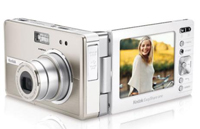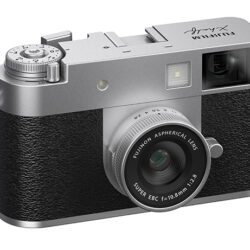[ia] Although Kodak was the first manufacturer to announce a Wi-Fi-enabled compact digicam, the race to bring cameras to the local market was essentially tied with Nikon, which introduced two Coolpix cameras at the same time. Both launches come at a time when more households are installing Wi-Fi home networks and the majority of notebook PCs are Wi-Fi enabled, so the release of cameras that can use these facilities is timely.



















